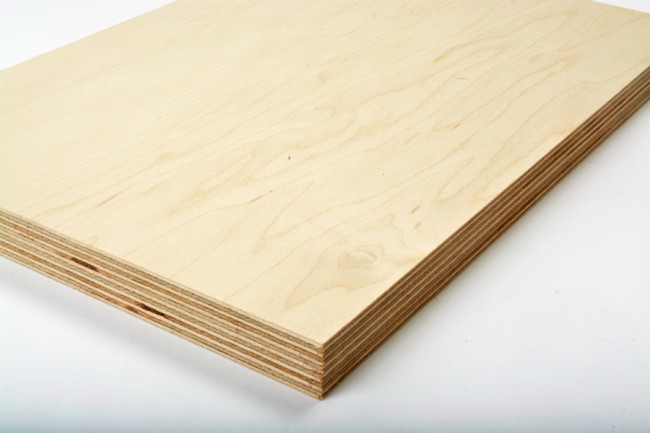
Post
STANDARD AND NON-STANDARD SURFACES AT FLEXPIPE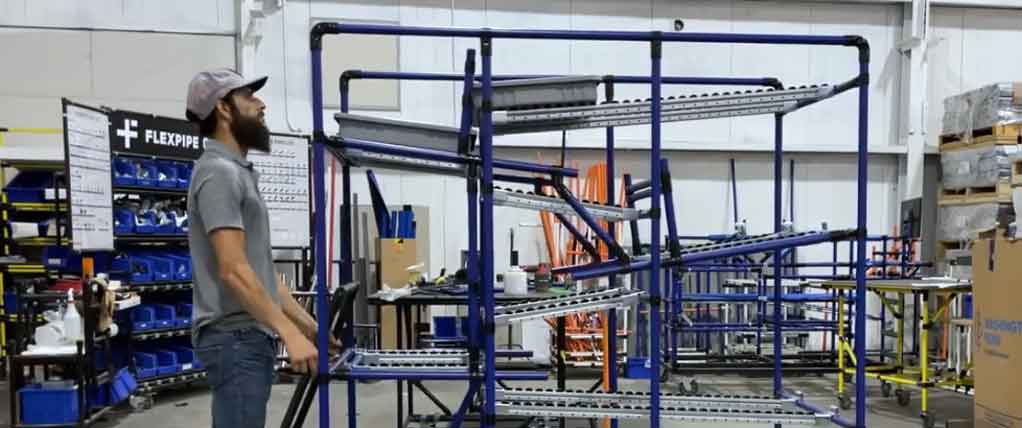
Post
FOUR BENEFITS OF KARAKURI IN LEAN OPERATIONS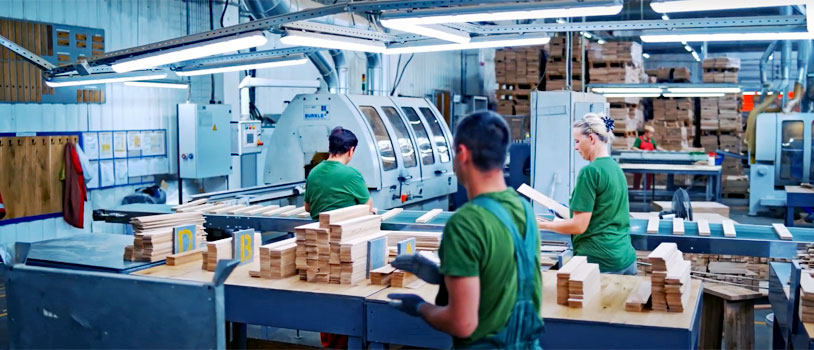
Post
CIRCULAR MANUFACTURING: THE RULES OF THE CIRCLE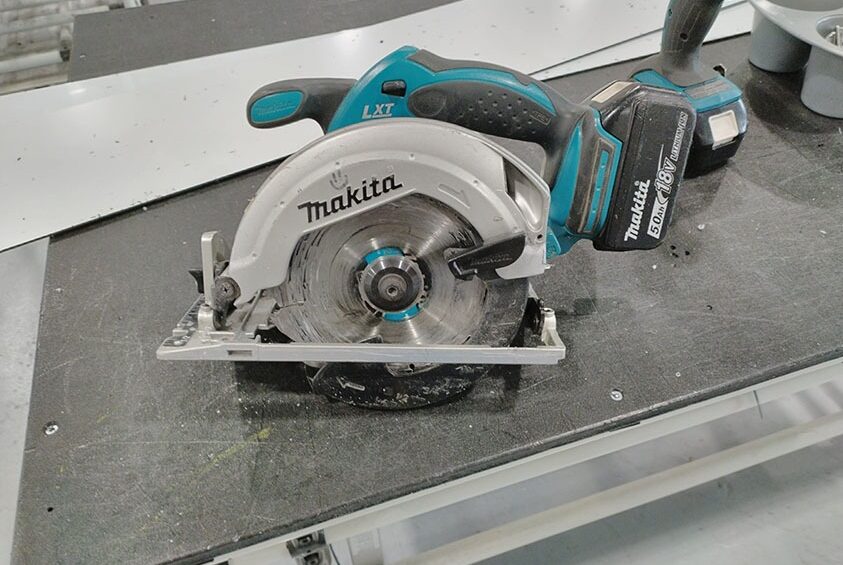
Assembling any Flexpipe structure invariably means cutting deckings. Your goal is to have deckings that is clean, safe, and free of sharp edges. So, what type of equipment do you need to cut your deckings? Fortunately, there are multiple solutions you can use.
We’ve put together a list of the most common tools Flexpipe and our customers use when cutting deckings.
*To provide the best possible cut for every surface, Flexpipe uses blades for woods with 60 carbon teeth. Most of the equipment we’ll cover is likely equipment you already have.*
This often-used and universal tool can be found in any hardware store or construction site. The panel saws allow you to cut multiple surfaces with minimal interference or problems. We use it to cut large surfaces such as 48” x 48”, 48” x 72”, and 32” x 96” etc.
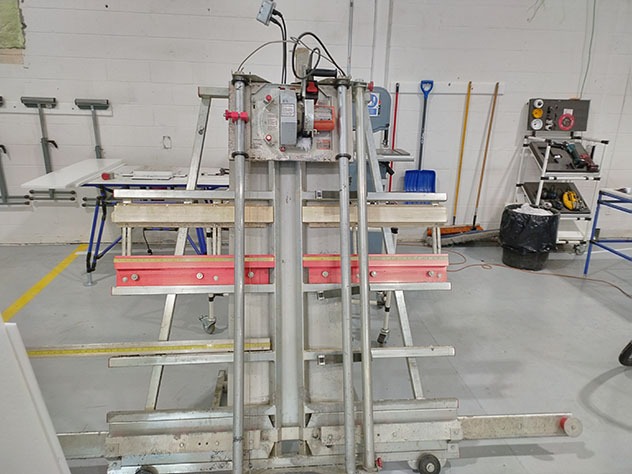
Table saws allow us to cut small or large surfaces. It is an extremely versatile and relatively inexpensive solution that most manufacturers either have already or can afford. You can cut surfaces measuring 2” x 10” or as large as 48” x 72”.
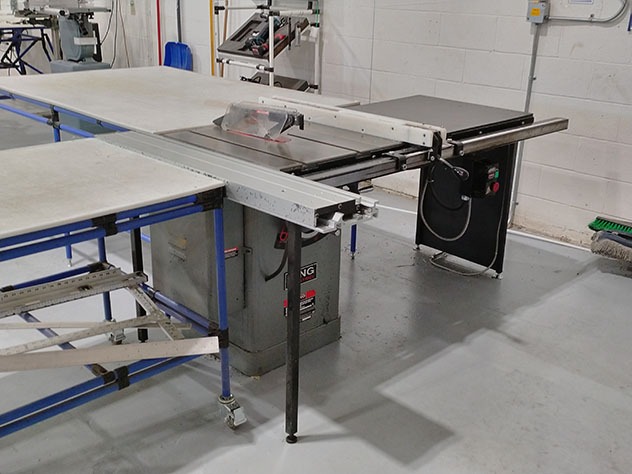
The circular saw provides a simple and immediate solution when making Flexpipe deckings. It allows us to cut tight corners and angles on both large and small surfaces. We can also perform vertical cuts on wide surfaces . However, special attention is required when using hand tools so be sure to be extremely careful.
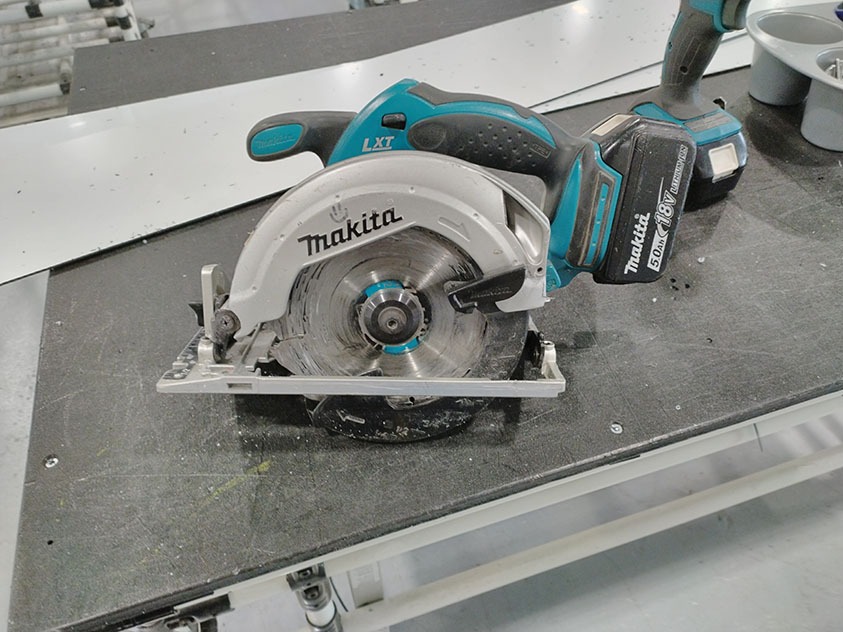
Flexpipe doesn’t typically use miter or bevel saws but there are a few instances where we need them to cut small surfaces and corners. It’s not a high-use tool but it can help in some circumstances.
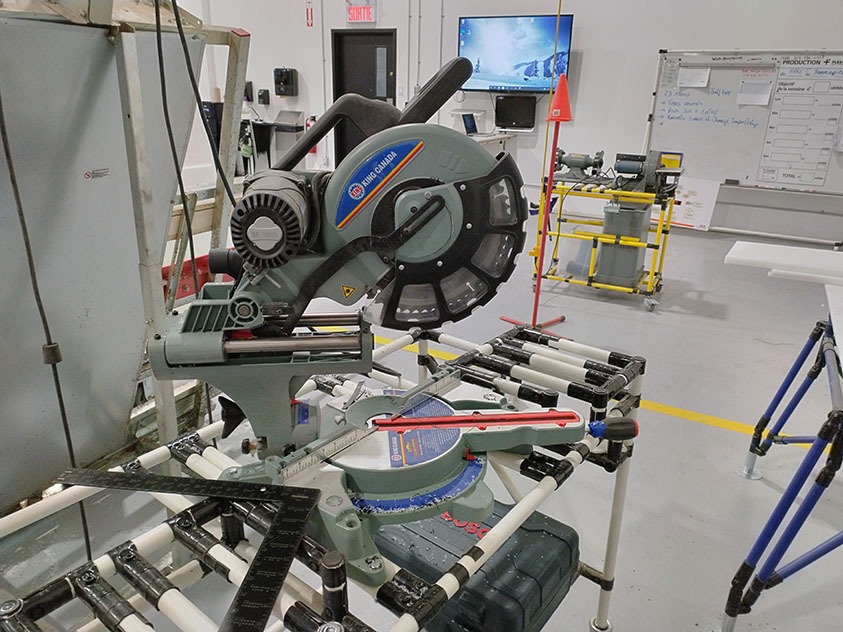
While Flexpipe doesn’t often use Band Saws, they are still useful when it comes to cutting specific shapes – other than just square or rectangular cuts. We also use it at times to make precision cuts on small surfaces or to make rounded corners.
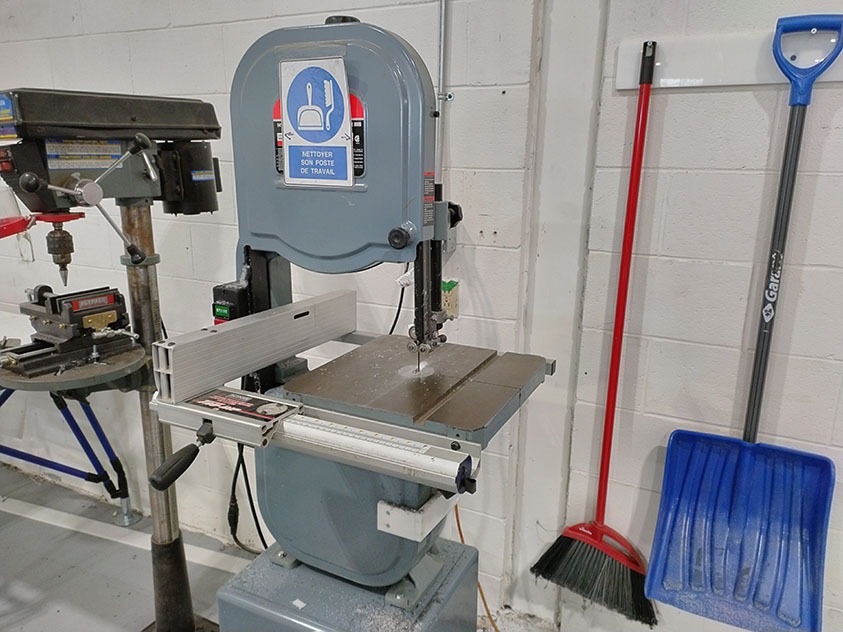
While some may claim that band saws and jigsaws can perform the same type of cut, for Flexpipe, the jigsaw provides an advantage that Band Saws don’t. First, as a hand-held tool, you have greater control and can make more precise cuts. However, again, it’s important to be careful when using hand-held tools.
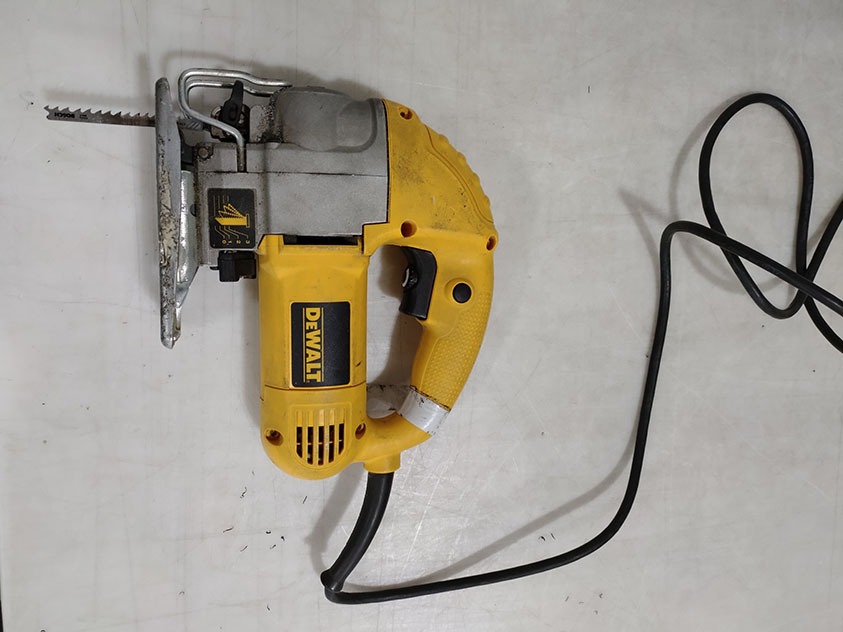
Hole saws are most often associated with hand-held drills. They aren’t used for cutting straight lines but are used to cut out circular rings in materials. This means you can use them to remove material within the circular cut to install connectors or to pass tubes. It can also be used to make edges round but doing this means you’ll need the circular saw to finish the job.
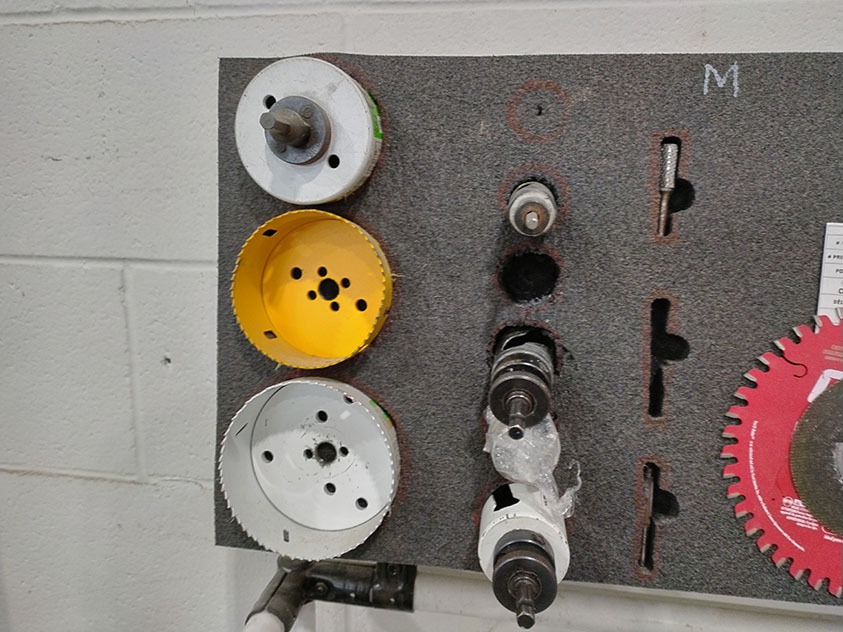
Now that we’ve taken care of the cutting, we need to move on to finishing. Regardless of whether you want to make a shelving unit, drawer, or workstation, you’ll ultimately need to make sure the surface is free of debris, is smooth, and doesn’t have any burs.
Flexpipe relies upon two tools for finishing. We use them to ensure our decking does not have any sharp edges or protruding parts. The goal with any final Flexpipe structure is to ensure that it is finished properly and safe for use by our customers and their employees.
This is another hand-held too so be careful during use. This tool is ideal for sanding down uneven connections between two surfaces and providing a smooth finish. This is especially useful if you’ve used a saw that doesn’t leaves a smooth surface or leave cut marks.
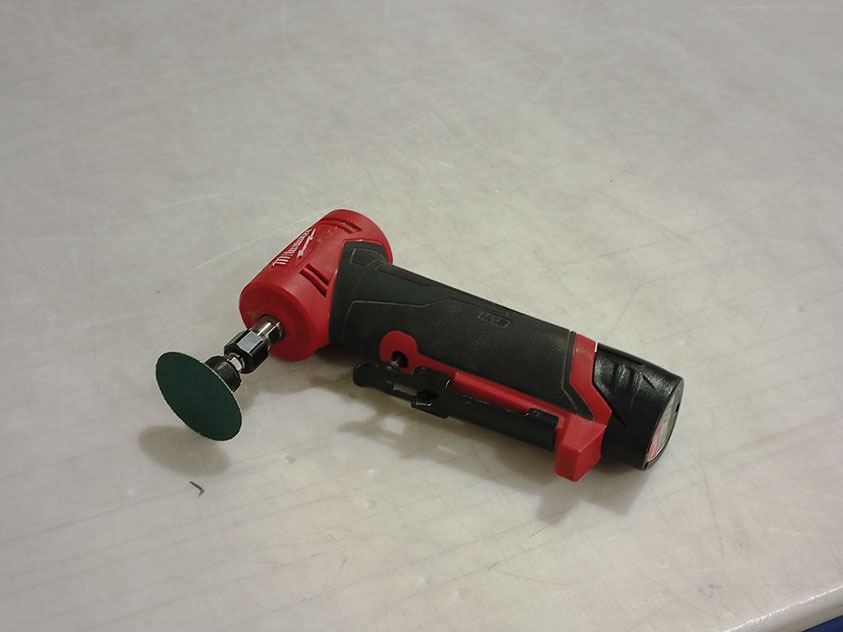
A deburrer is another handheld tool that helps remove sharp edges. It’s also ideal for working on corners that are considered too square for other tools. For sharp edges and round corners, using anything else but a deburrer could cause problems or even injuries to employees.
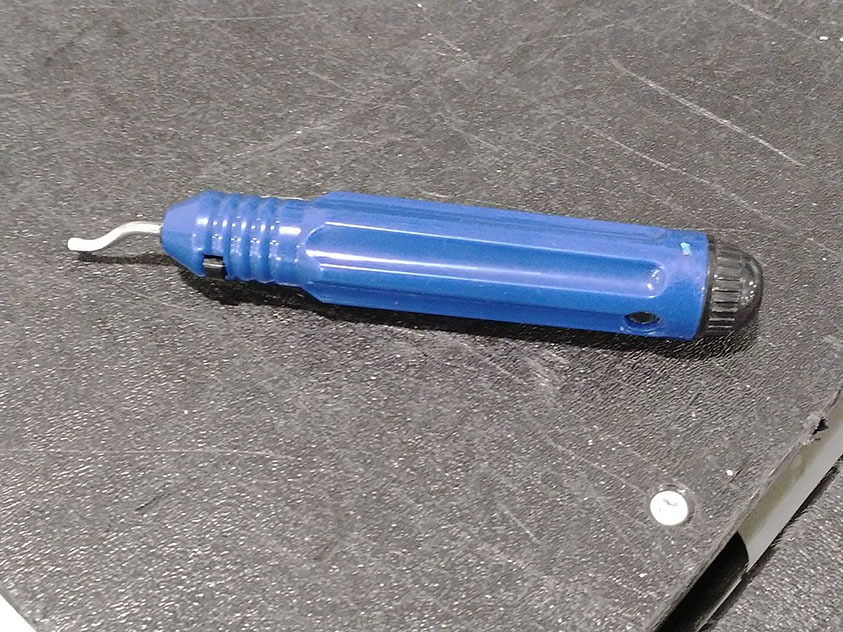
Always be sure to draw an outline or generate a schematic of your decking long before you start any cutting. This will help you choose the right tool for the right job.
Each of these tools has either been used in-house at Flexpipe or by our customers. They are the most common tools used and will help you manufacture your Flexpipe solution from A to Z with minimal problems. If you want to learn more about how to work with the Flexpipe modular system, we invite you to read our articles on the best tools for pipe cutting and the best tools for assembly.